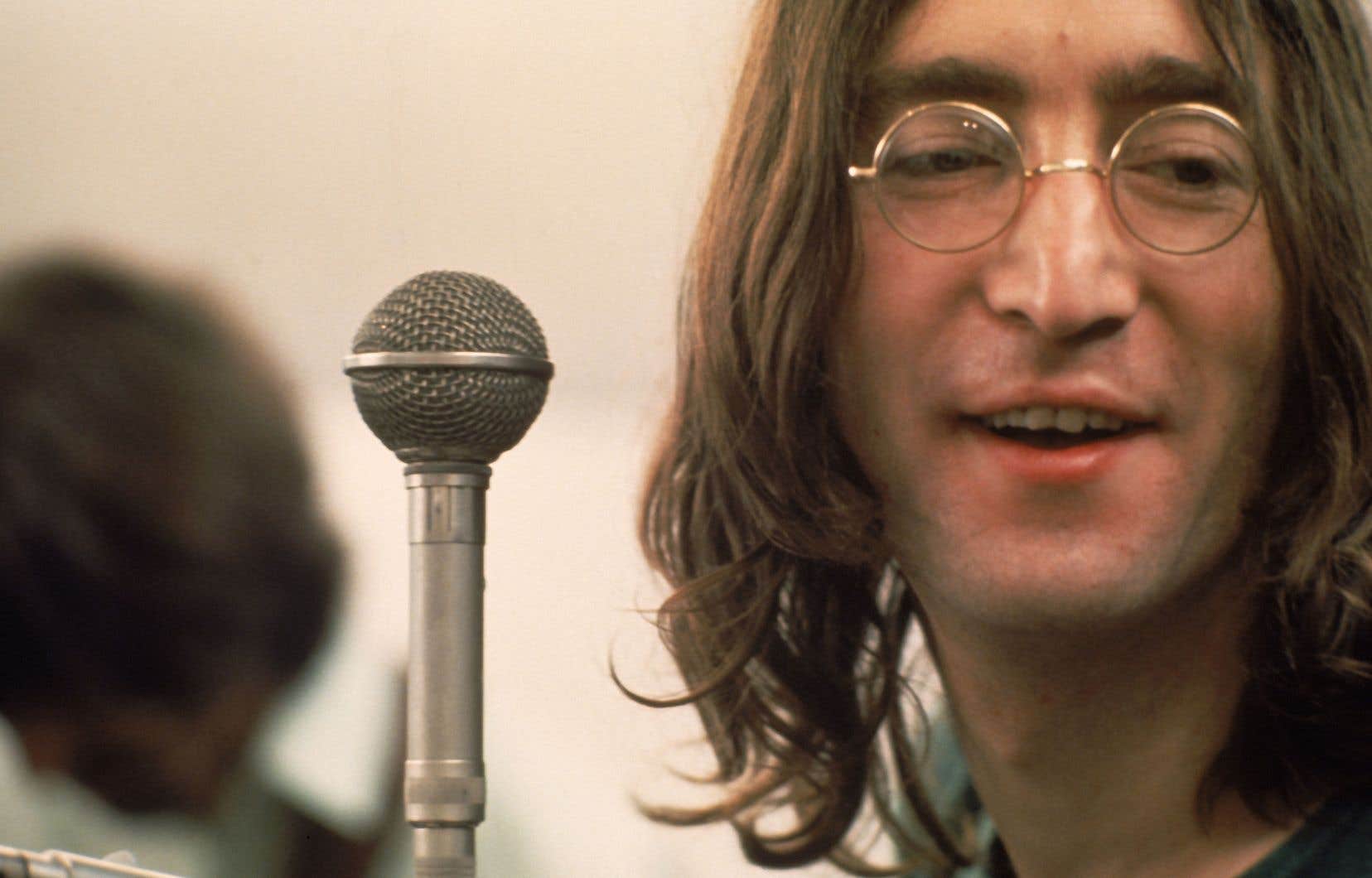“It didn’t have a fair outcome the first time,” says Michael Lindsay-Hogg, as if he had finally been freed from a ball and chain that he had been dragging around for more than half a century. Relief and justice for the director of the documentary Let It Benothing less.
Just before the restored 1970 film begins, a segment titled Get Back To Let It Be allows him to unburden himself, with the emotional approval of Peter Jackson, director celebrated for his eight-hour long documentary composed from Lindsay-Hogg’s filming scraps. “My documentary Get Back is the child of Let It Be. We tried to provide context, that’s all, so that we can finally see this feature film in the best possible state and in the right perspective. »
It is the least we can say. Jackson certainly cleaned up the film with his process of separating sound sources, in addition to transforming the ugly, coarse-grained 16mm film from the dark original reels into digital images as perfect as his Get Back, but Let It Be was already an extraordinary documentary. To a leaden destiny.
Funerals
When the premiere of the film took place on May 13, 1970 in New York, the Beatles planet was in great mourning. A very short month earlier, Paul McCartney had announced the final end of the group. Admirers wept in the streets; the major newspapers and specialist magazines were in shock. The film Let It Be, although filmed in January 1969, was seen as an hour and a half visit to the funeral home, a series of damning evidence of the gangrene that was eating away at the Liverpool boys from the inside. We rushed to a scene of small bickering between Paul McCartney and George Harrison, which became a symbol of the hallali that was being sounded.
This perception obscures everything. Until the memory. Ringo Starr, not long ago, declared that “there wasn’t a lot of joy” in this film. What is wrong. Very wrong.
The intro, where a melancholic Paul strums while we see the faithful sidekick Mal Evans and Lindsay-Hogg’s assistants (son of Orson Welles, by the way), does not lack beauty. And then, in the style of music documentaries of the time, excellent sequences of the Beatles at work are juxtaposed, where good understanding reigns and things progress. The selected versions, shown much longer than in the very fragmented Get Back, are invigorating: the almost parodic rock’n’roll essay by Two of Us makes you euphoric, Paul and his friends laugh hard while talking about the “ridiculous” words of their One After 909written at the end of the 1950s, and revive it with enthusiasm.
Shared pleasure
The good times keep coming. Electric grindingAcross the Universealmost complete, should have been taken further, so happy are Paul’s harmonies.
Obviously, the most difficult days of this bad January, when George completely left the Beatles for a few days (it’s all explained in Get Back), were swept under the rug by Lindsay-Hogg (with the group’s agreement) to move more quickly to the sessions in Apple’s basement. Where joy is constant. The resumption of Besame Mucho, the revisitation of You Really Got a Hold on Me (which makes George happy), The Long and Winding Road funny cabaret style on purpose, the medley Little Richard and company, everything is really cool: the Beatles are the Beatles of always.
And, cleverly, Lindsay-Hogg places before the famous performance on Apple’s roof what was recorded the next day: the final performances of Two of Us, Let It Be And The Long and Winding Road. All provided in full, while they are (voluntarily) hidden by Peter Jackson under the credits of his Get Back. In this reverse-chronological montage, the highlight of the show becomes the burst of laughter provoked by John Lennon, hoping that the group has “passed the audition”.
Hard to beat. Impossible to be more joyful. Michael Lindsay-Hogg had done his job remarkably. Let this be known. Let this be seen.
